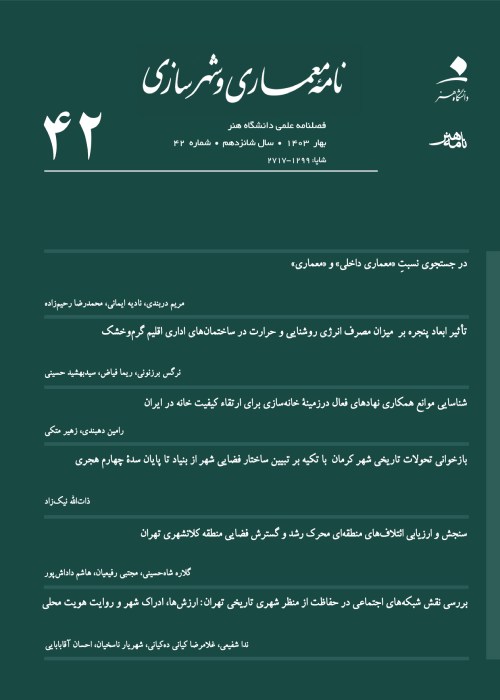Explanation of the Gaps and Imbalances in the Iranian World Heritage List
The World Heritage Convention was set up in 1972 and was welcomed by many countries, becoming an international instrument for identifying, preserving, and managing common heritage of mankind. However, after a few years, significant gaps in the World Heritage List emerged due to imbalances in geographical distribution or specific subjects. For instance, Europe, historic cities and religious buildings, and Christianity compared to other parts of the world, other relics, and other religions, respectively, had far many inscriptions. Furthermore, there were far too many historical periods in comparison to the prehistoric period and the twentieth century, and “Elitist” architecture was inscription far too often in comparison to indigenous architecture; in general, traditional and alive cultures were given very few places on the list. Therefore, the World Heritage Committee launched a plan known as the Global Strategy in order to identify and bridge the gaps in the List in an attempt to create a representative, balanced, and credible World Heritage List. In this regard, ICOMOS and IUCN reviewed the World Heritage List using specific methods to identify the gaps. ICOMOS used typological, chronological-regional, and thematic frameworks to analyze the World Heritage List and the Tentative List until 2004. The typological analysis analyzed the properties based on form and structure, just as the World Heritage Committee has done since the World Heritage List was established. ICOMOS classified the world into various regions and identified historical periods in each region using a chronological-regional framework. The relationship between man and his surrounding environment was highlighted in the thematic framework, and his response to his surroundings was analyzed in the formation of tangible properties in historical periods. As a result, after ICOMOS and IUCN presented their reports on the gaps in the World Heritage List to the World Heritage Committee, the Committee imposed a restriction on annual inscription by countries, and countries were asked to identify the gaps in their World Heritage List using the evaluation methods introduced by ICOMOS and IUCN, and propose new nominations with the goal of filling the gaps in the overall list as well as each country's list. Using the ICOMOS's method and focusing on cultural heritage, this study reviewed the World Heritage List and tentative list of Iran to identifying the gaps in the lists. In doing so, all Iranian inscriptions on the World Heritage List as well as Iran's tentative list, were reviewed, and all ICOMOS's classifications were applied based on the information in the case of these works. The analysis in the typological framework was carried out for Iran and the world through analytical comparison of the status of each category in order to make a comparison between Iran's status and the current situation in the world, using the most recent information published by the Committee. The results showed that the World Heritage List of Iran has significant gaps in categories such as natural heritage, transnational and transboundary properties, geographical distribution, and special types of heritage such as industrial heritage, 20th-century heritage, or subjects such as utilizing natural resources, movement of peoples, and developing technologies.
- حق عضویت دریافتی صرف حمایت از نشریات عضو و نگهداری، تکمیل و توسعه مگیران میشود.
- پرداخت حق اشتراک و دانلود مقالات اجازه بازنشر آن در سایر رسانههای چاپی و دیجیتال را به کاربر نمیدهد.




